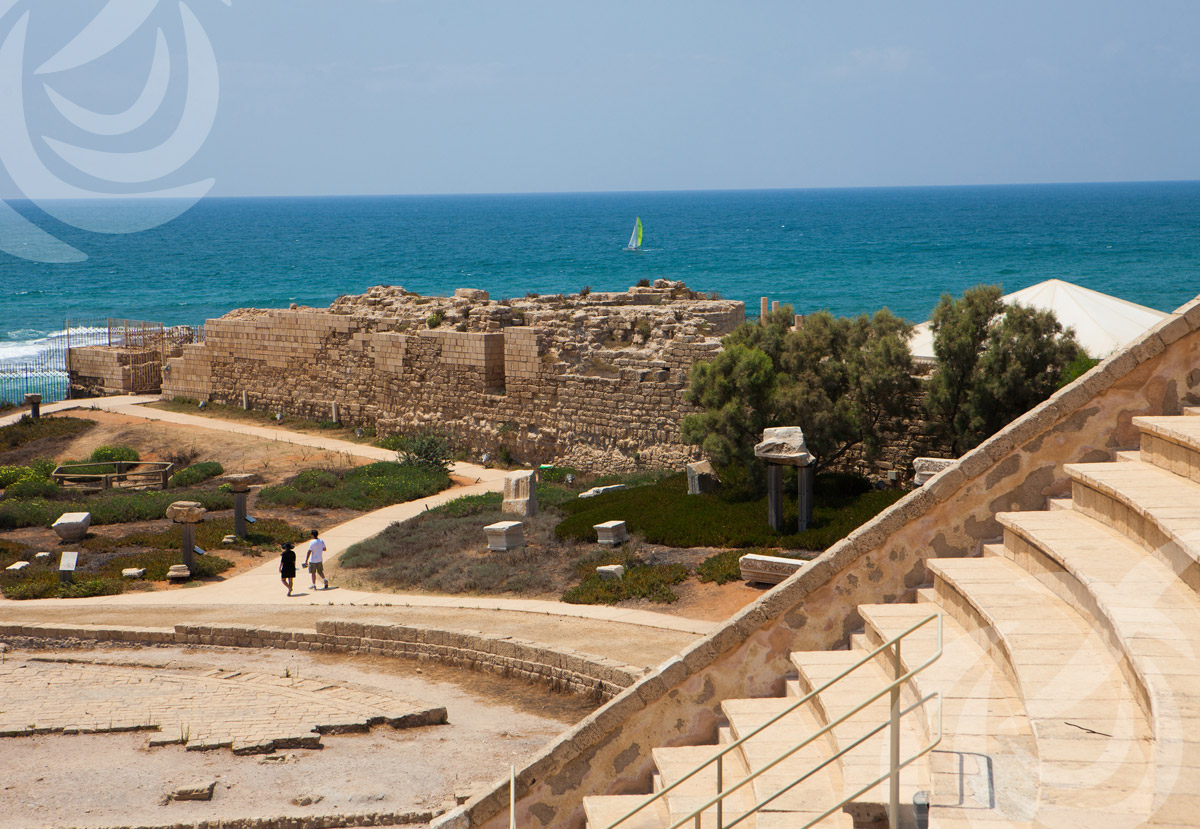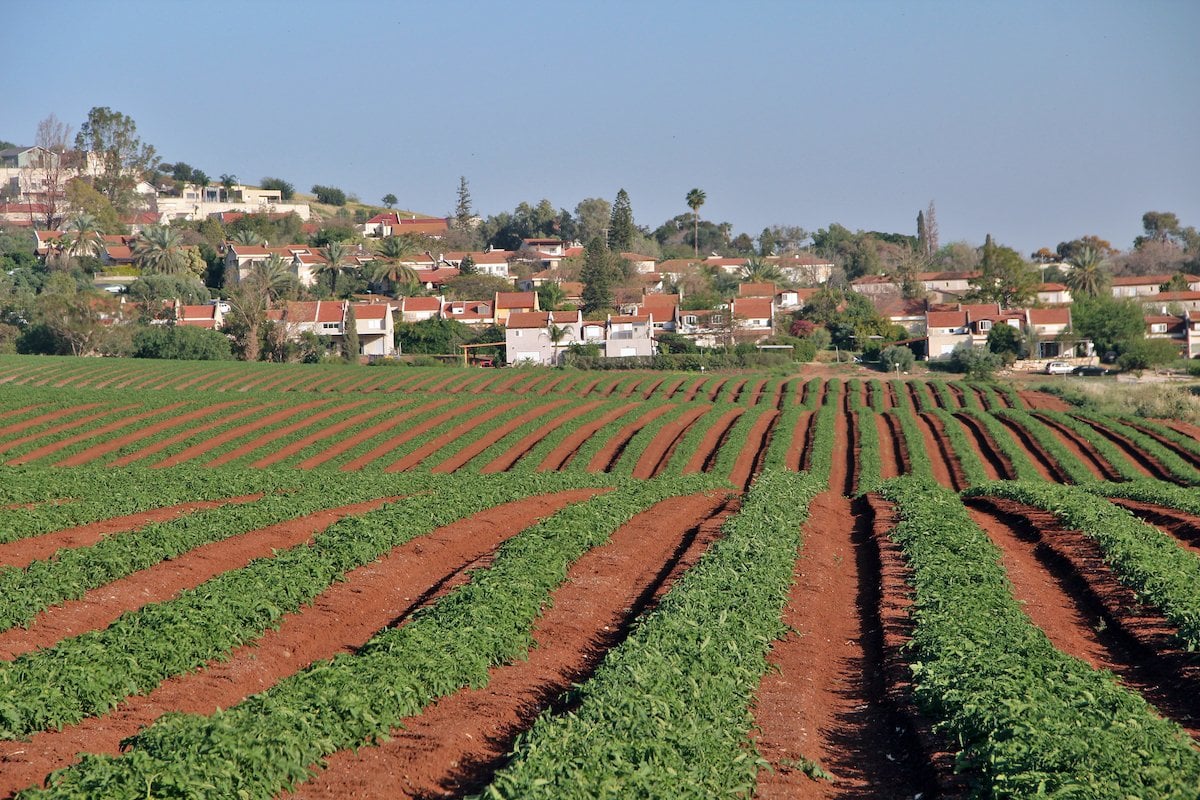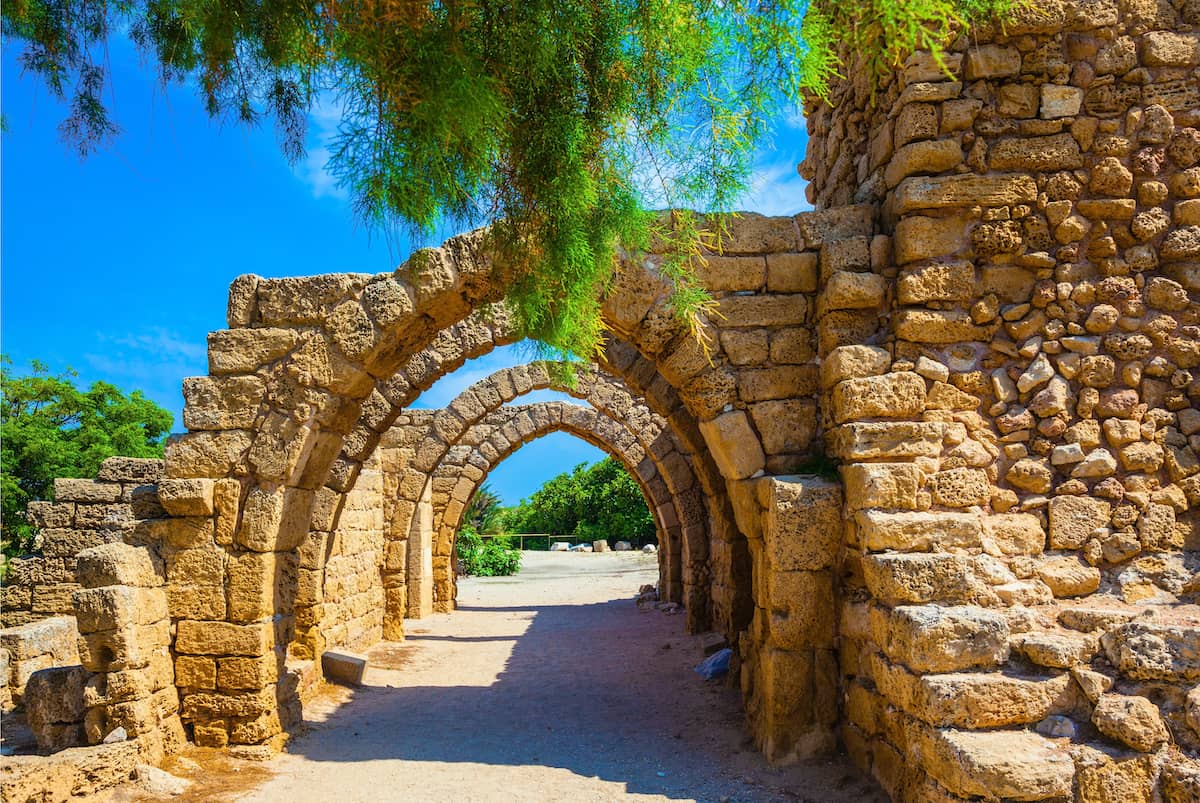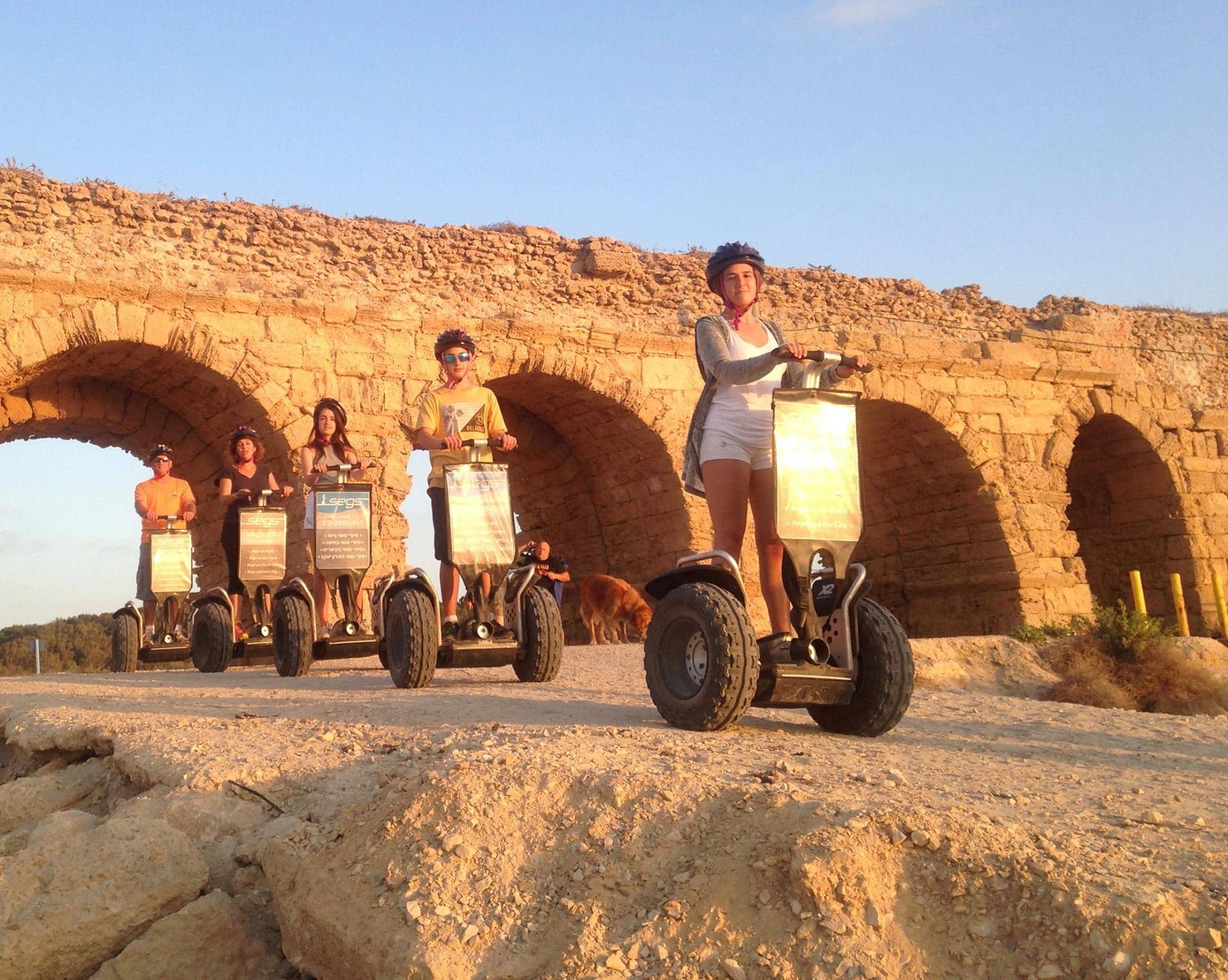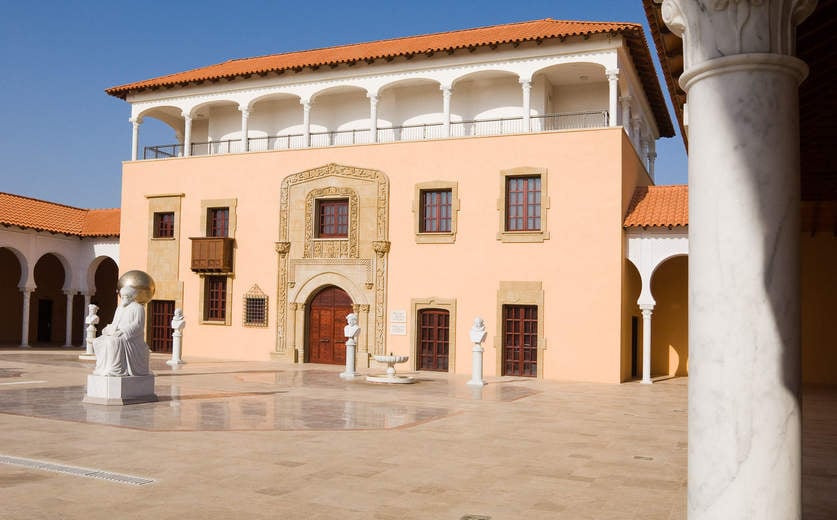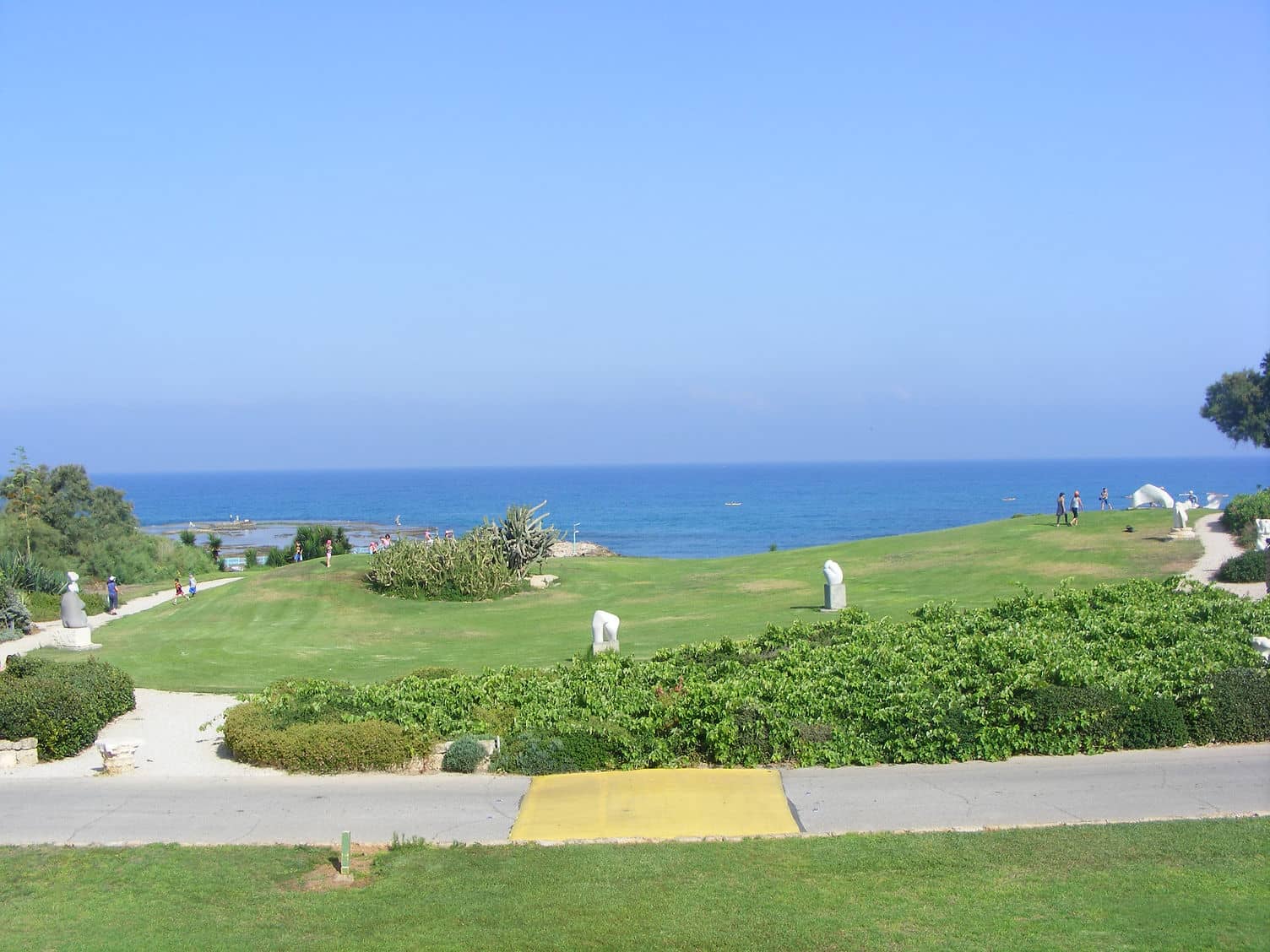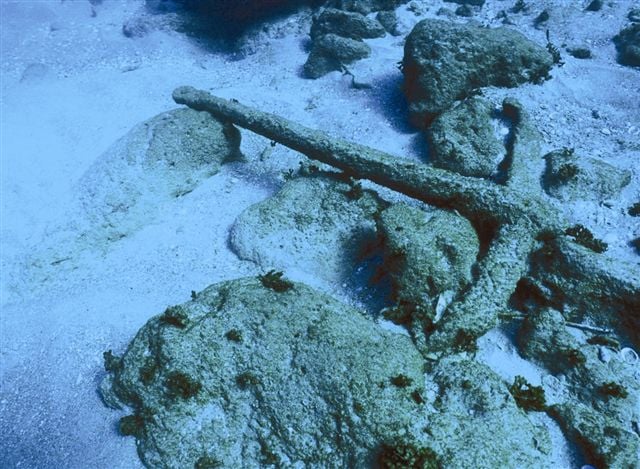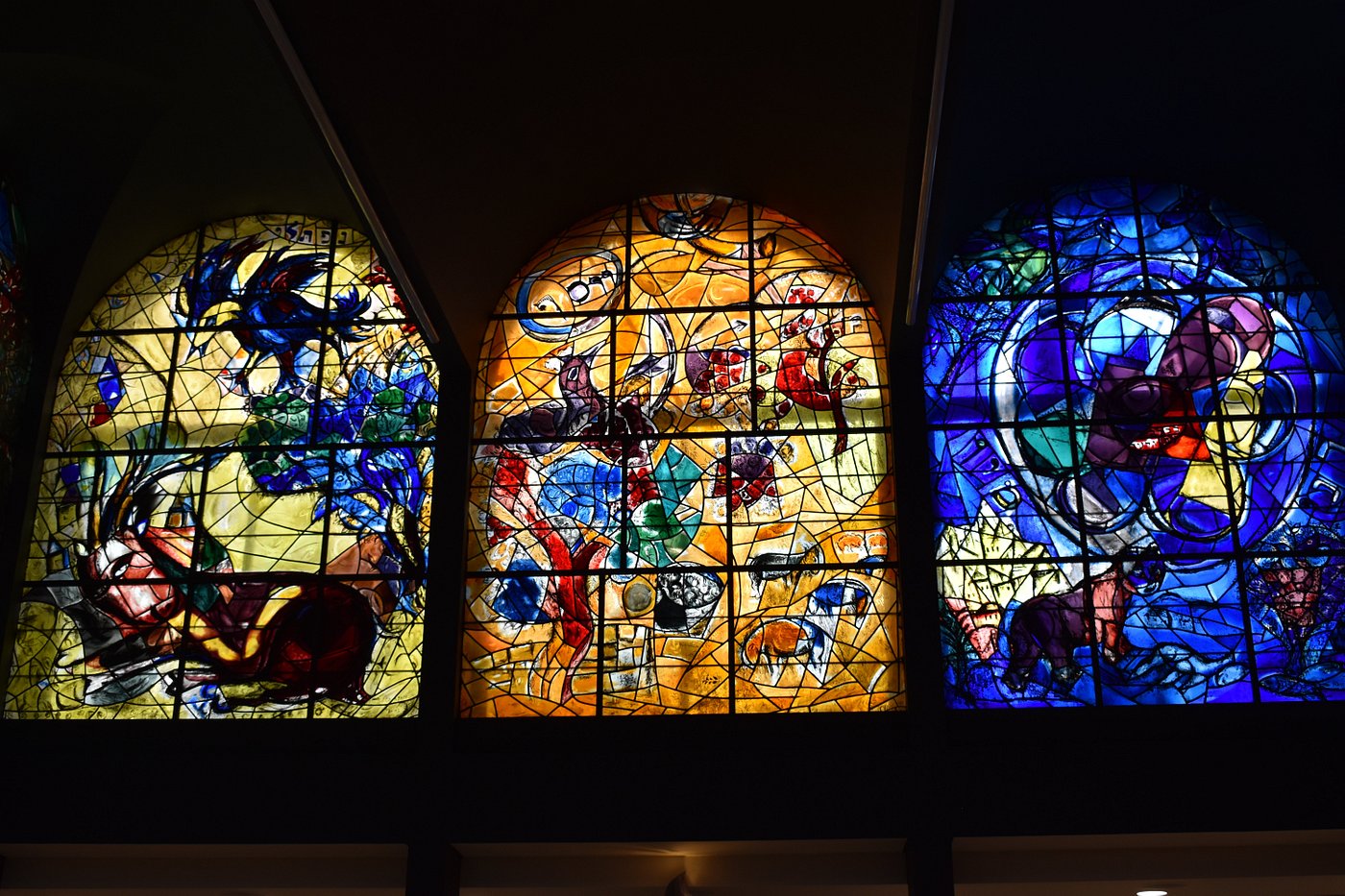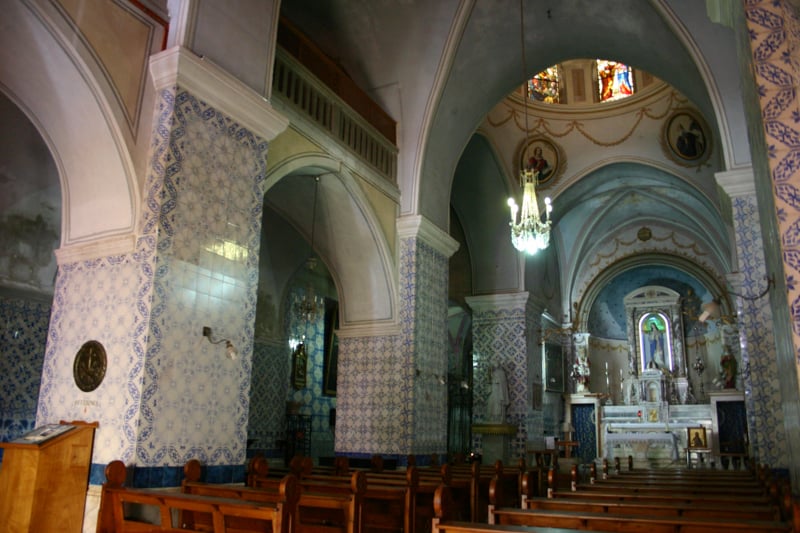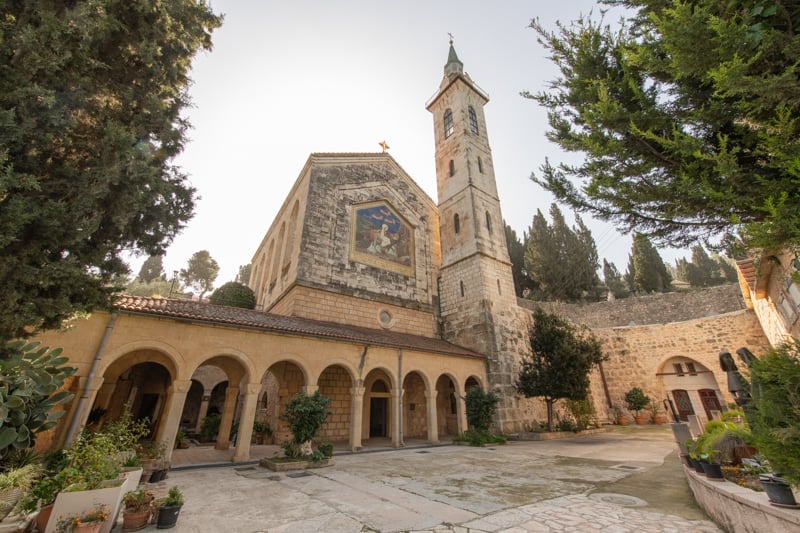Bruce lived in the Boston, Massachusetts area and later graduated from Rutgers College with a degree in Political Science. He immigrated to Israel in 1972, where he has lived on a Kibbutz, worked as a guide in the Sinai desert, maintained a private farm for 10 years, and finally became a professional guide in 1991. Bruce’s first impression of Israel was that it is a most unique and sometimes indescribable place to be. Bruce’s personal journey and growth as a professional guide have only reinforced those feelings. He always desires to try to show people Israel’s “uniqueness”, in order for them to have true and lasting impressions of Israel. Bruce resides in Rehovot, just south of Tel Aviv, is a father of 3, and grandfather of 5.
Caesarea Maritima is an ancient city that was built by Herod the Great in 25–13 BC. It is located along the coast of Israel between Tel Aviv and Haifa, in a place formerly called Pyrgos Stratonos. This is also where Herod built his palace on a cliff overlooking the sea. Civil life of the new city began in 13 BC, when Cesarea was turned into the capital of Judea, and the official residence of the Roman procurators and governors. The remains of all major buildings erected by Herod lasted until the late nineteenth century. The remains of the medieval town can also be seen, which are the walls, the palace and the site of the cathedral crusade.
Modern Caesarea Maritima has a population of 4,500 inhabitants and it’s the only Israeli locality managed by a private organization, the Caesarea Development Corporation. It’s organized as a communal settlement, though not as a kibbutz or moshav. It is a city built in honor of the Roman emperor Caesar Augustus. Today it’s a small archaeological enclave declared a National Park with preserved Roman, Byzantine and Crusader ruins; also it has a Roman aqueduct and amphitheater.
